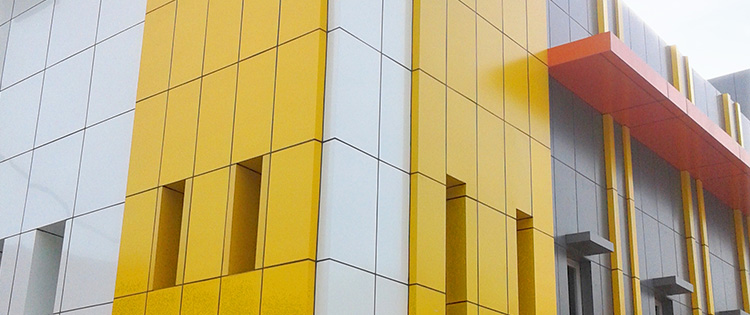How to Combat Raising Interest Rates When Buying
[ad_1]
This month, the RBA has come out and raised the official cash rate for the first time in more than a decade.
More than 1.1 million Australian mortgage holders have never experienced a rise in the official cash rate and this is likely to leave many feeling a little unprepared as to what to do next.
Fortunately, it’s still possible to buy well even in an environment where interest rates are rising. However, you need to plan ahead and allow for the potential of having higher borrowing costs.
Fixed Rates
If you’re worried about the prospect of paying higher interest rates, then the most obvious thing you can do is lock in your repayments with a fixed-rate loan.
Typically, fixed-rate loans are set for a period of between one and five years and that should give you some degree of certainty that you will be able to manage any repayments in that time. The main consideration with this method is that fixed rates have been rising over the past 12 months and are currently higher than standard variable rates.
Whilst this is true, many find that the security of knowing exactly what their monthly budget is going to look like, and find that a fixed-rate loan is a great option, even at higher rates.
Don’t Max Your Borrowing Capacity
If you’re looking to buy in the current environment and are concerned that interest rates could continue to climb higher, one option is to borrow less. While most borrowers want to max out their serviceability and purchase the best possible home or investment property they can, there is no reason why you need to do that. In fact, borrowing under your maximum capacity allows you to create a buffer and store some extra cash for when unexpected bills occur. Alternatively, you can use the extra cash to pay off your loan earlier than expected and save on interest costs.
One strategy to borrow under your maximum capacity is to buy a property one or two suburbs over from your ideal location, saving you up to a few hundred thousand dollars
Rentvest
If you want to buy at the moment, but don’t want to be locked into high mortgage repayments, then it might be worth considering rentvesting.
Recent years have shown how many cheaper locations around the country still seeing impressive price growth. By rentvesting, you can potentially still get into the market, but without the large burden of a mortgage that you’re required to pay from your salary alone.
Similarly, if you’re investing, rising rents will likely help offset some of the higher mortgage costs that come from rising interest rates.
Have a Buffer
It’s certainly a good idea to have a cash buffer put to one side when you’ve got bills and a mortgage to pay.
With the flexibility of an offset account and redraw facilities, it’s possible to park your money somewhere that will still be reducing your interest while still having easy access to the funds.
Keeping some rainy day money tucked away might be a good strategy in the short term as no one knows how much higher the official cash rate and mortgage rates will ultimately rise. It should also give you the confidence that you can still buy and handle further rate hikes.
Manufacture Equity
While most investors have been focused on capital growth, it’s easy to forget that the great thing about property is that you can actually manufacture equity.
When you do something like a renovation or a subdivision, you can potentially increase the equity position you have in your property.
With a subdivision, you can sell off the newly created block of land and use that to pay down your mortgage and reduce your ongoing interest costs. You’ve also got the opportunity to refinance and access that newly created equity in the event you need to put it towards your mortgage.
If you’re prepared to be creative, there are a number of ways you can benefit even in the face of rising interest rates.
[ad_2]
Source link




:max_bytes(150000):strip_icc()/GettyImages-559025517-2000-b3bece30a9074ec3958a4d39f69f2a79.jpg)


